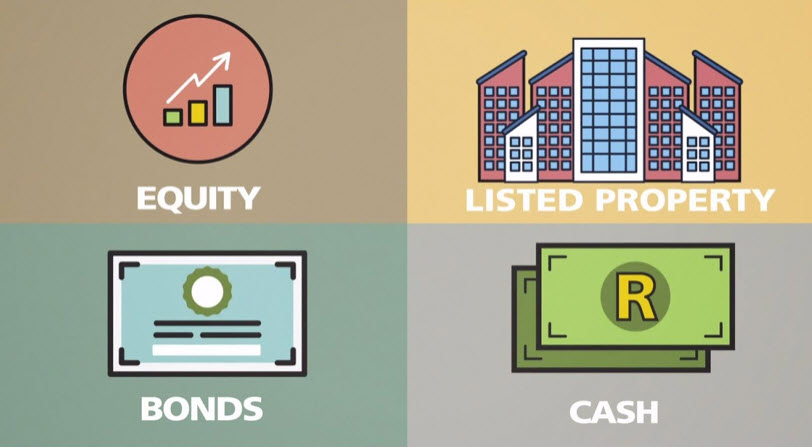
| Vision Standardized classification provides the means to increase the ease of access and use of information by providing consistency to compare and benchmark similar or dissimilar assets in an organization’s portfolio. Asset Classification will enhance the trust and transparency of information and data by enabling drill down, roll up, and grouping for comparison, leveraging the ability to support the best decisions across the life-cycle of the asset. With a standardized approach, a broader and easier understanding of information and analysis is achieved, and there is a potential for reductions in implementation (i.e., training costs) due to consistent tools across all settings. These outcomes will reduce costs and time, and improve Asset Information quality, resulting in increased ROI. Mission A standardized Asset Classification establishes a common method to store and view data and information to best enable full life-cycle asset management, timely and accurate decision making, and increased cost efficiencies through cost and time reductions. Standardized Asset Classification leverages the comparison of data and information between buildings, empowering communication, and data sharing between participants, organizations, and projects. Purpose The purpose of this principle is to provide a uniform approach and standard throughout the facility or project life-cycle and to deliver useful and usable methods for establishing a consistent level of Asset Classification. Asset Classification directly links to Managed Asset (3.3.1), Asset Costing (3.3.5), Asset Inspection (3.3.6), and Asset Performance (3.3.7). With Asset Classification, the information is organized and categorized to manage the asset to inform decision making across the entire portfolio. Asset Classification enables conducting longitudinal studies that support different types of TCO analysis and measurement [see also Asset Decision (3.3.8), Asset Annual Funding (3.3.9), Asset Comprehensive Plan (3.3.10), and Asset Reporting (3.3.13). Uniformity enables the organization to ensure data management and verification (see also Data Management and Verification (3.3.13)] is uncomplicated, easy to update and easy to use. The Asset Information Sharing (3.3.11) principle integrates with this principle. Asset Information Sharing (3.3.11) is most effectively implemented when the data classification remains consistent across the organization. When Required This standard benefits all assets throughout an asset’s life-cycle. Asset Classification should apply to all Managed Assets (3.3.1). |
 Create an Account
Create an Account
 Login/myAPPA
Login/myAPPA
 Bookstore
Bookstore
 Search
Search  Translate
Translate